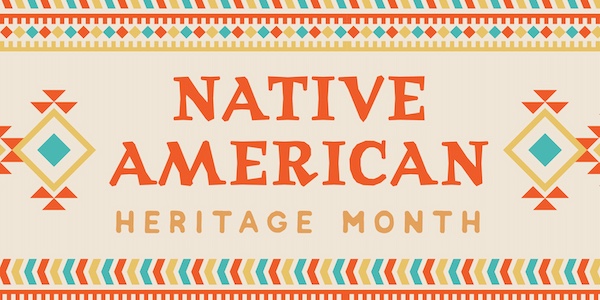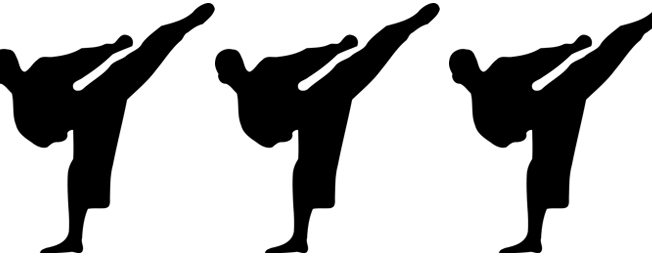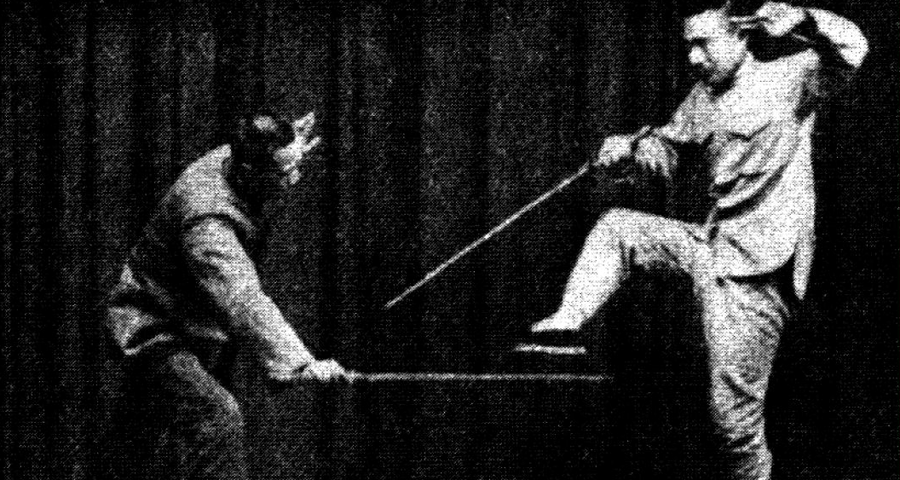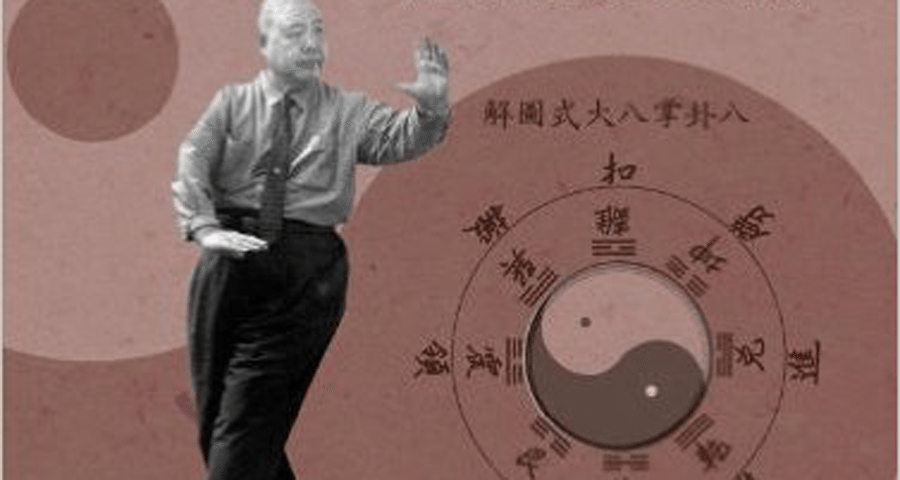
Interview with Kent Howard, Translator of Wang Shujin’s Bagua Linked Palms
Categories: Interview Martial Arts
Recently, Kent Howard, the translator of Wang Shujin’s Bagua Linked Palms, was kind enough to answer some of our questions regarding his background and journey with Bagua. Howard is a nationally known writer, martial arts teacher, and former contributor to the esteemed Pa Kua Chang Journal. Read on to learn more about him and the martial art of Bagua.
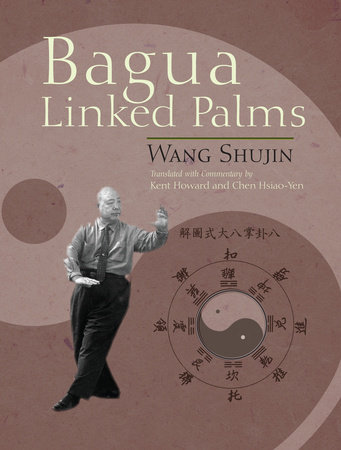 How were you first introduced to Bagua?
How were you first introduced to Bagua?
I first read about Bagua Zhang in Robert W. Smith’s books. My first up close look at Bagua was when I was training in Hawaii back in the 70’s. A friend of mine, who was a student of T.Y. Pang, showed me the Swimming Body form from Xun Xiqun’s system. I had never seen a style that looked anything like it in any of the martial art curriculums I had been exposed to. I was really intrigued. The movements didn’t seem very martial in nature, at least not overtly, and I thought it to be more like a Chinese yoga or qigong form. It wasn’t until later, when I had a chance to learn the same form, that I began to realize the martial potential of those smoothly flowing exercises. By that time I was hooked.
What do you think is particularly special about Bagua to you?
What sets Bagua apart from all other martial arts is the seamless linking of individual elements into an organic form that has its own unique character. Bagua is system of techniques united by overarching body principles. One of the most distinctive, and least understood, features of Bagua is the ability of a practitioner to strike while in motion. That is something no other Chinese martial art prior to the development of Bagua ever taught.
Is there anything you would recommend a person know or do if he/she is interested in exploring the art of Bagua?
You should first determine if Bagua is really for you. You may observe Bagua in performance and think it looks quite interesting, but the proof is in the practice. Any martial art curriculum that asks you to relearn something as basic as walking can be very daunting. Mastering the basic skills of the art can be a test of will. Many of the body practices of Bagua are counterintuitive and require students to rid themselves of ingrained habits.
Of course, it could be said the most difficult aspect of learning Bagua is finding a qualified teacher with whom you can establish a rapport. Many older masters get into discussions on the inner workings of the art and typically do not demonstrate how the movements are applied. Westerners tend to ask a lot of questions and demand to know more details about what they are learning. You should find an instructor whose teaching style matches your learning expectations. The problem is there are few instructors of Bagua in most areas of the country, so you often have to take what you can get. Any instruction is better than no instruction.
Who are some of your biggest personal influences, and why?
Lao-Tzu, Buddha, Ghandi…if I wanted to start from a grand scale; but their teachings weren’t exactly personal, I suppose. I would say that my teacher, Huang Jinsheng, had a lot of influence on me in both my personal path and my Bagua practice. Master Huang is a Taoist adept, physician, and spiritual leader. All of his lessons, no matter how mundane they seemed at the time, were steeped in a broader framework of how people, things, disciplines—the myriad manifestations of the world—are integrated into the whole of our being. He cultivated a Daoist-Buddhist-Humanist approach to life which has translated well for me in a variety of life’s adventures.
Do you have any personal favorite movements or positions in Bagua? If so, why are they your favorites?
I tend to gravitate toward the dragon (snake) forms in Bagua. These movements arise from body principles that best represent (for me, anyway) the unique character of the art. The most effective self-defense applications found in Bagua are the ones that respond to threat in a counterintuitive way. That is to say, the reply comes “out of nowhere” from an unexpected quadrant or angle the opponent does not expect. These types of movements often arise from dragon techniques such as “Yellow Dragon Rolls Over” or “Black Dragon Tosses Head” which are found in Wang Shujin’s Bagua Zhang.
Have you ever gotten discouraged in your training for one reason or another? How did you overcome this?
You reach plateaus in your training where you do not seem to be progressing. Everyone does. At these critical junctures you have to dig down deep and find a fresh way of approaching your practice. Bagua is unique in that there really aren’t a lot of forms in any one style. The actual number of movements within these forms is finite; you perform countless repetitions of the movements to invest in vital muscle memory. What is infinite is the mind. Bagua is about change. The old masters said, “First you must become the form; then the form becomes you.” Once you reach this stage, everything you do will be an expression of the form and you can adapt and change at will. As Daoists say, “The way to do is to be.”
Could you share a personal story of training or teaching Bagua?
When a began studying with Huang Jinsheng, my teacher in Taiwan, I had been practicing Bagua for about seven years. Master Huang, seeing that I had a strong understanding of the basics, taught me at a fairly brisk pace. I learned all eight forms from the first set, Bagua Linked Palms, in just two months—one form per week. At this point I was very excited and energized by the speed at which I was assimilating the style. I was a bit of a “form collector” at that point in my martial arts study, and I disliked coming to class and not learning something new to add to my knowledge base.
However, my high-flying, speedy “survey” course of Wang Shujin’s Bagua Zhang was soon brought to a crashing halt. During my next lesson, when I was expecting to move on to the second set, Bagua Swimming Body Palms, I was surprised when we returned to the first form, the Single Palm Change, and began to relearn it in seemingly endless detail. We ended up spending an entire year “learning” the Linked Palms set. By the time we finished, I had gained enough hard-won wisdom to realize that I had been given a great gift. I was challenged every week to come up with new ways to practice, integrate, and assimilate each movement of the form so it became a part of my Bagua body. Few Western students are willing to put up with such a slow learning pace. But I have found one thing to be true, whether you are ready to wrap your head around it or not: From familiarity comes understanding, from understanding comes wisdom, and with wisdom the door opens to mastery. Of course, all of this arises from a lot of hard work.
Tags: Chinese Martial Arts Kent Howard Baguazhang Taoism
